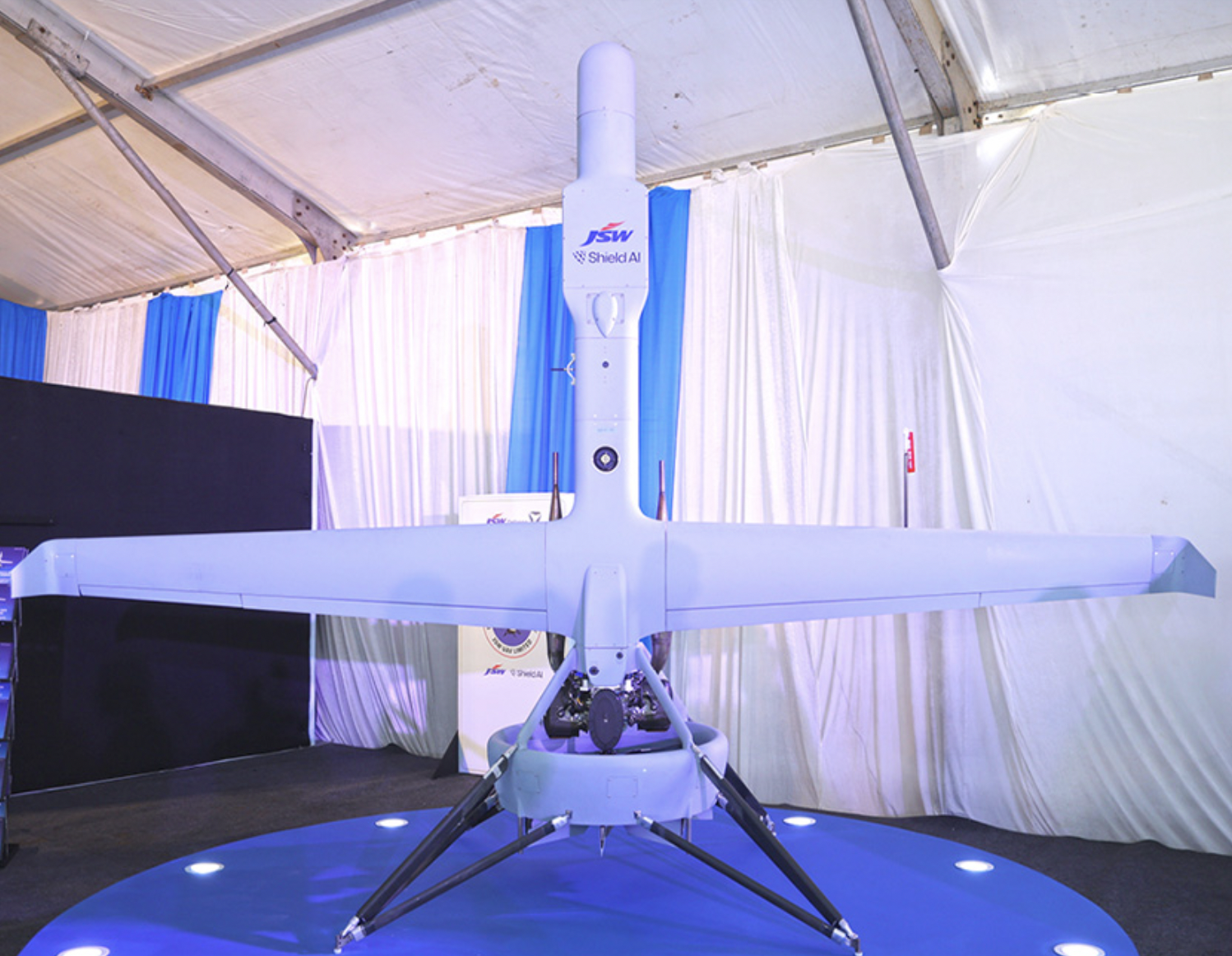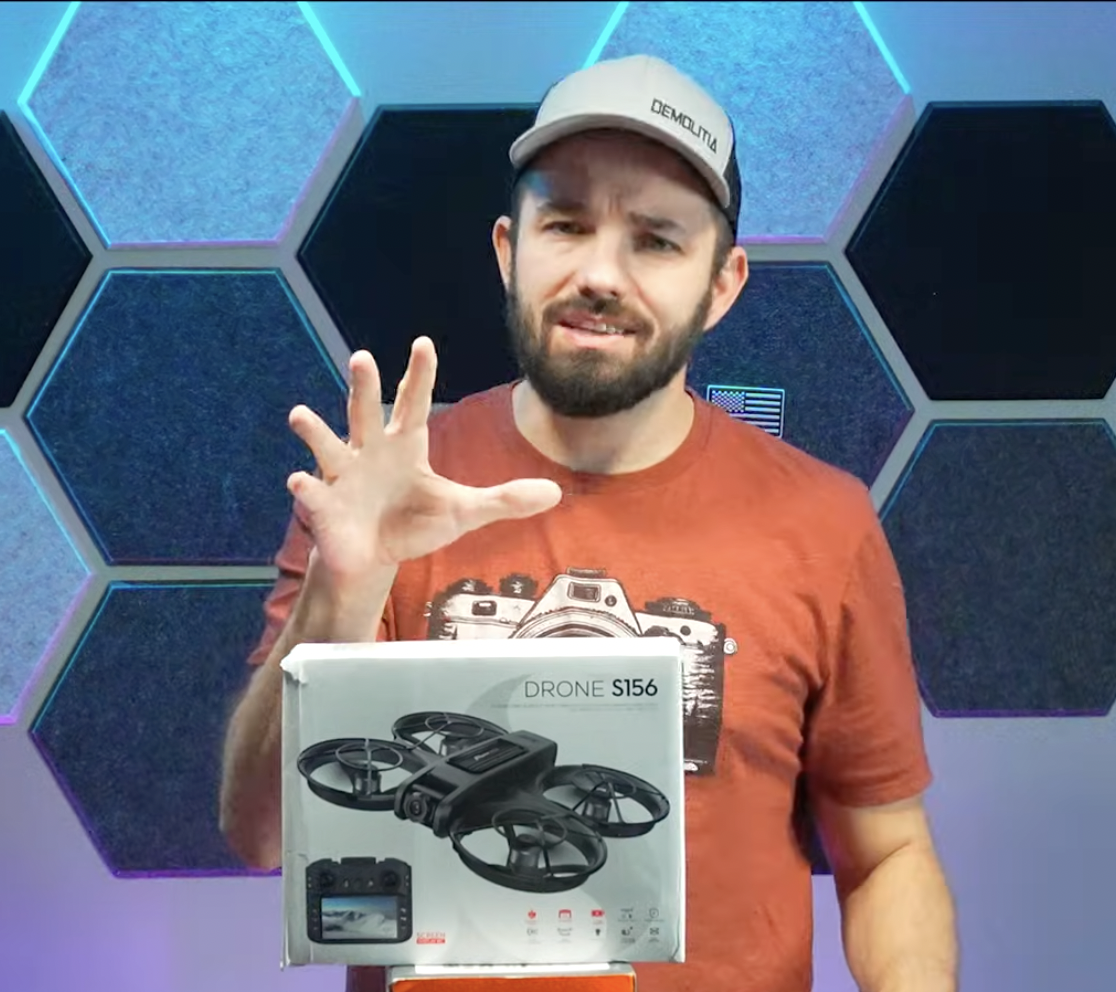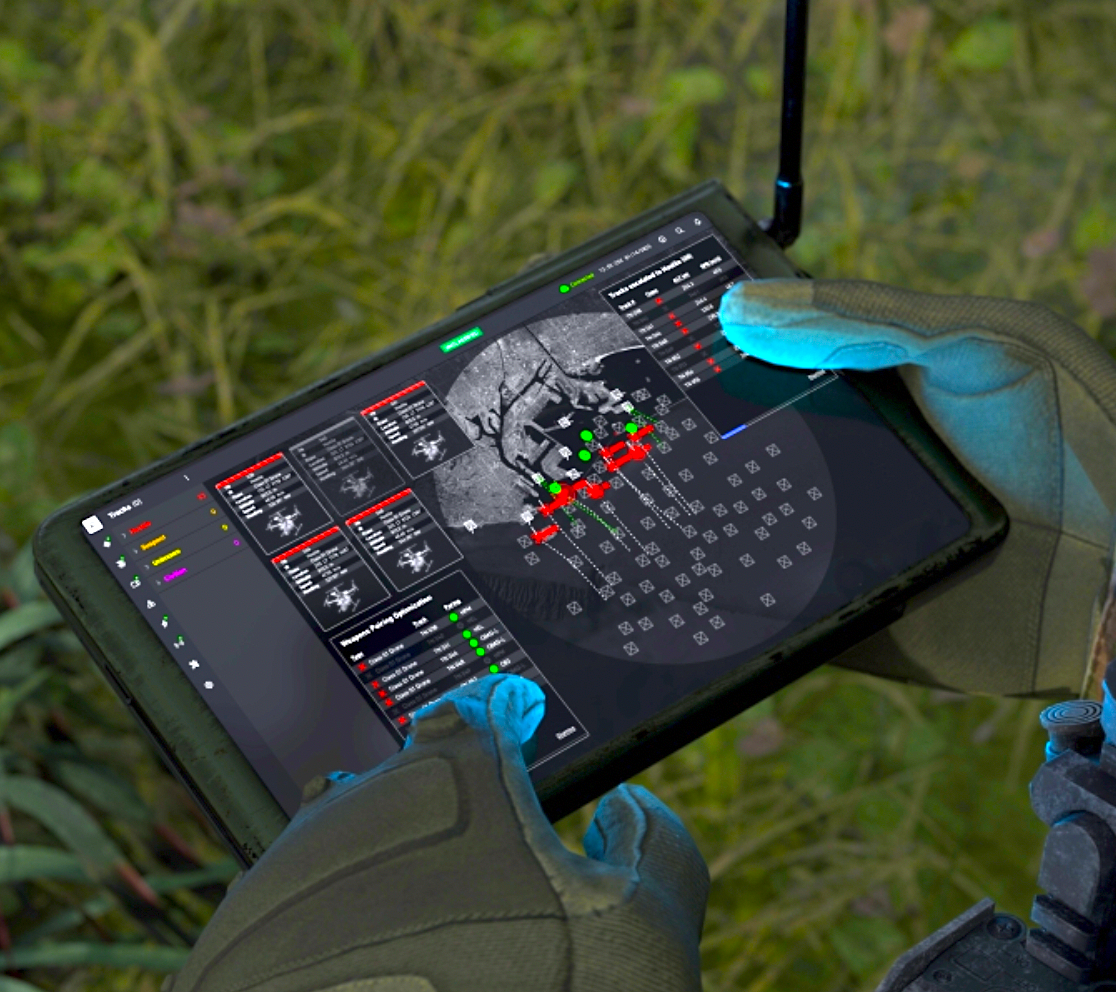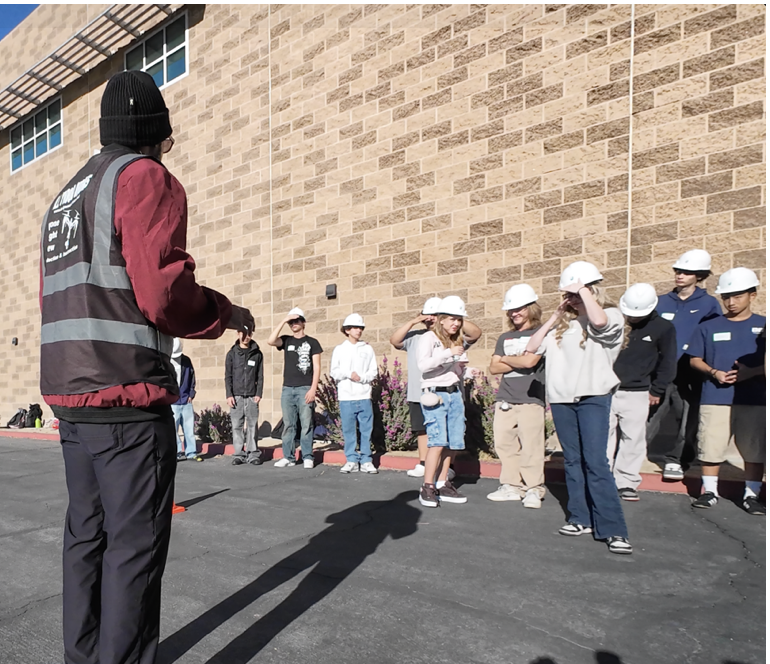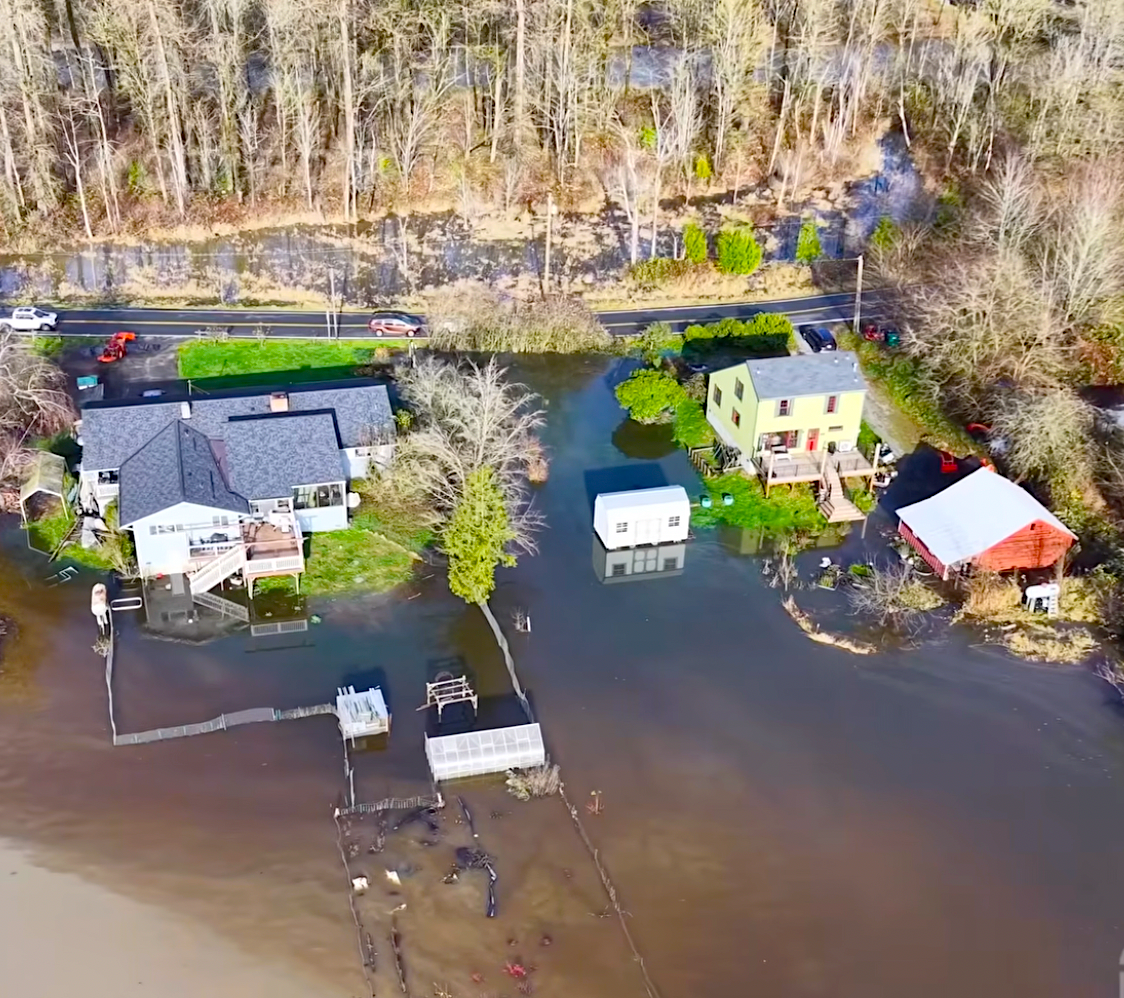Consumer DronesGear ReviewsFravels FootnoteChris FravelReviewed! Autel Robotics EVO Lite+

By Chris Fravel
The Autel Robotics EVO Lite+ ($1,829 direct) is a pro-level drone with features that include 40-minute flight time, a 7.4-mile transmission range, three-way obstacle avoidance, a three-axis gimbal, and 6k/30fps HDR video. Camera performance is supposed to be impressive, so after familiarizing myself with the free Autel Sky app—which helps users enhance their photography and videography skills—as well as the handling of the drone itself, I dug right in. Here's what I discovered...
Camera Performance
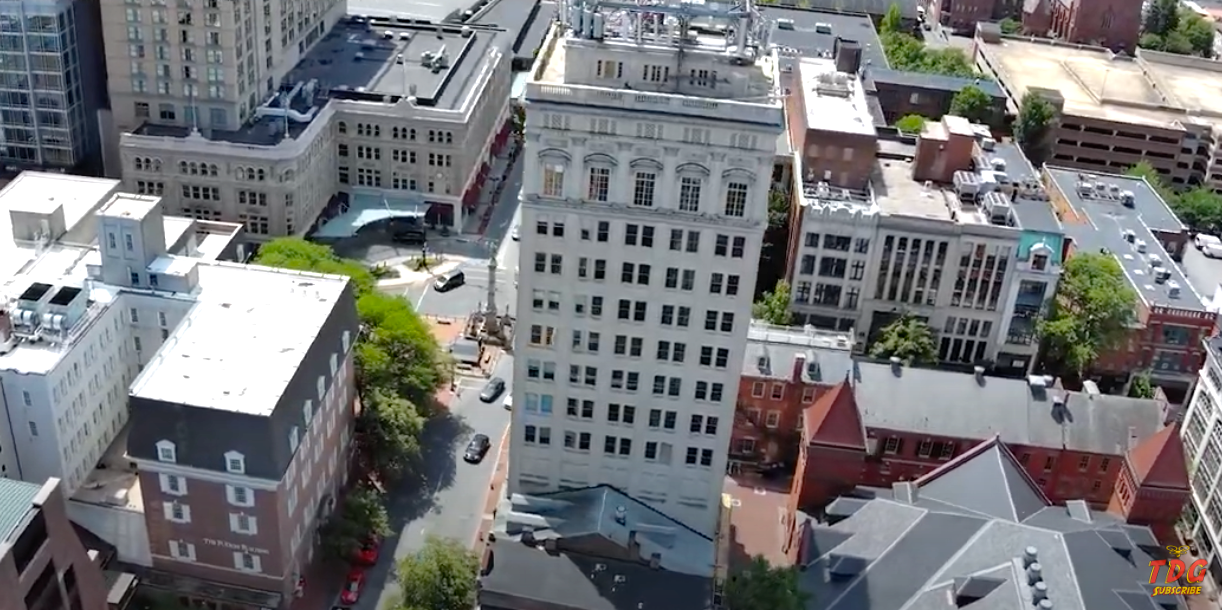
The Autel Evo Lite+ touts a 1” CMOS Sensor with an effective resolution of 20 megapixels. It has an adjustable aperture ranging from f/2.8 to f/11 and its shutter speed can be adjusted between 1/8000 to 8 seconds. It also has a max ISO of 6400.
At first glance, the camera is extremely flexible and can fit into just about any photographer or videographer’s toolbox nicely. What really struck me, though, was the 6K video resolution. The image that came out of the camera when shooting 6K/30fps was brilliant, sharp, and dynamic. I’m still searching for words that can accurately describe my amazement as I reviewed the footage.
My only wish for this footage is that Autel incorporate some kind of specialized LOG format for their video. Currently, they’re using a RYYB color format, which is fantastic right off the SD card, but leaves a lot to be desired when it comes to post-production and flexibility when editing.
As for photography, the Autel Evo Lite+ is capable of shooting in JPEG and/or RAW formats, which makes it a serious option for photographers looking for an aerial solution. Editing the photos was seamless and the files off of the SD card were flexible. I found no major flaws with the photography experience, and it’s even more difficult to pinpoint areas where I think there is room for improvement.
Overall, pros and cons factored, Autel knocked it out of the park with this drone and the 6K camera on it. The only obvious room for improvement is to add some kind of LOG format for video. If they can accomplish that with a firmware update, this is going to be a formidable aerial imaging tool.
Low-Light Performance
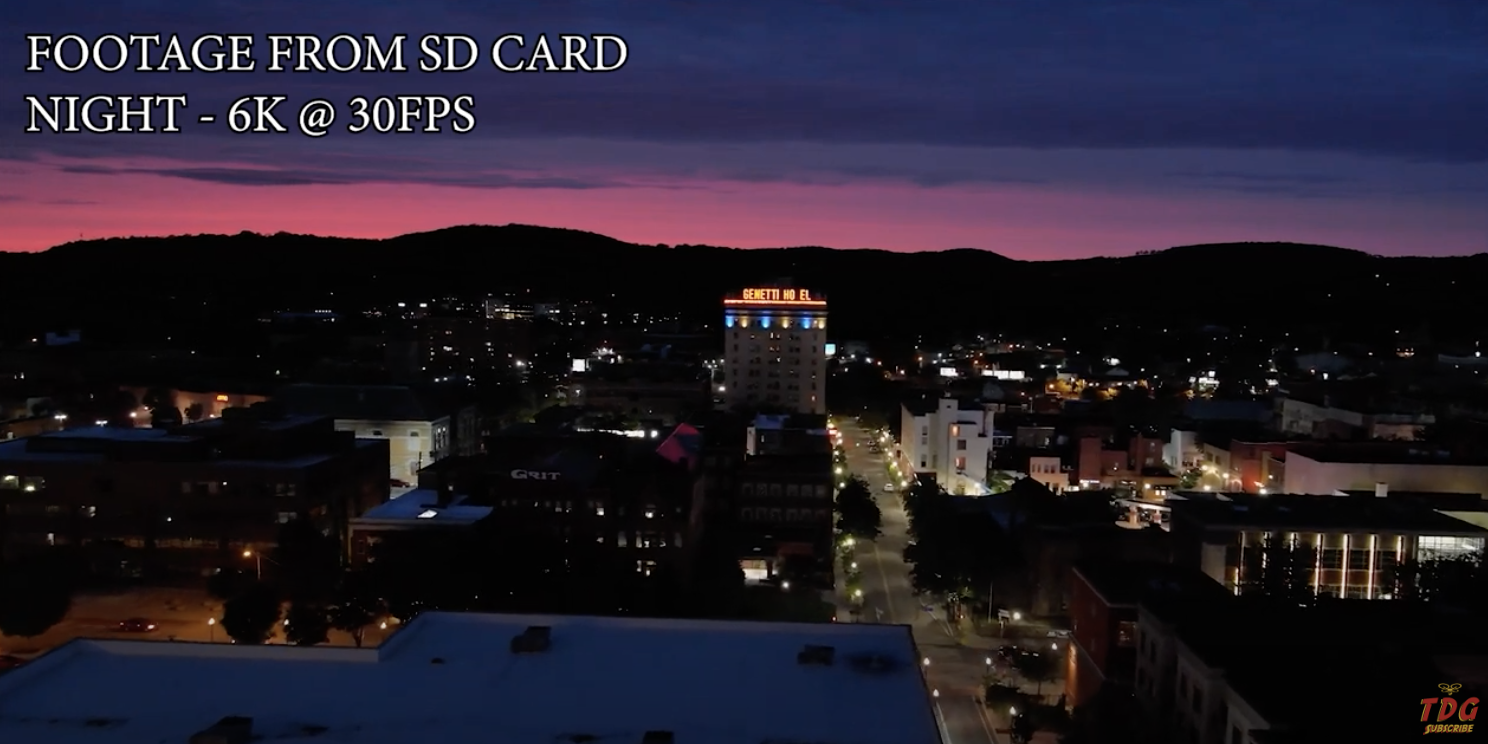
I mentioned the 1” CMOS Sensor on the Autel Evo Lite+ earlier, and we are going to mention it again. This large sensor allows in enough light to make it possible to capture professional imagery in low-light conditions. This rang true during the low-light stress test where we opened the camera up in two different low-light scenarios: evening (the twilight period before and after sunset) and night (when the sun sets completely).
The evening shoot went absolutely swimmingly and the amount of noise in the footage was minimal if at all noticeable. A low sun setting behind the mountains of northcentral Pennsylvania made for a hearty challenge for the Autel Evo Lite+, one which it handled with grace by producing brilliant photos and videos.
Where the challenge became a bit more difficult for the Autel Evo Lite+ was during night time. Now, I only preface it that way because the noise became a bit more noticeable in the multimedia captured. This is not to say the camera does poorly in low-light, because that’s simply untrue. While the 1” CMOS Sensor is great in low light, there are limitations as to just how little light it can process and the darkness of night—even while illuminated by the light pollution of the city of Williamsport, Pennsylvania—showed us where the limitations began.
I would still absolutely recommend the Autel Evo Lite+ to anyone who is looking for an aerial-imaging solution that does well in low-light conditions. If you have enough know-how with camera settings such as aperture, ISO, and shutter speed, you can compose your shots well enough to minimize noise and retain details in even the darkest corners of the frame.
Quickshots Modes
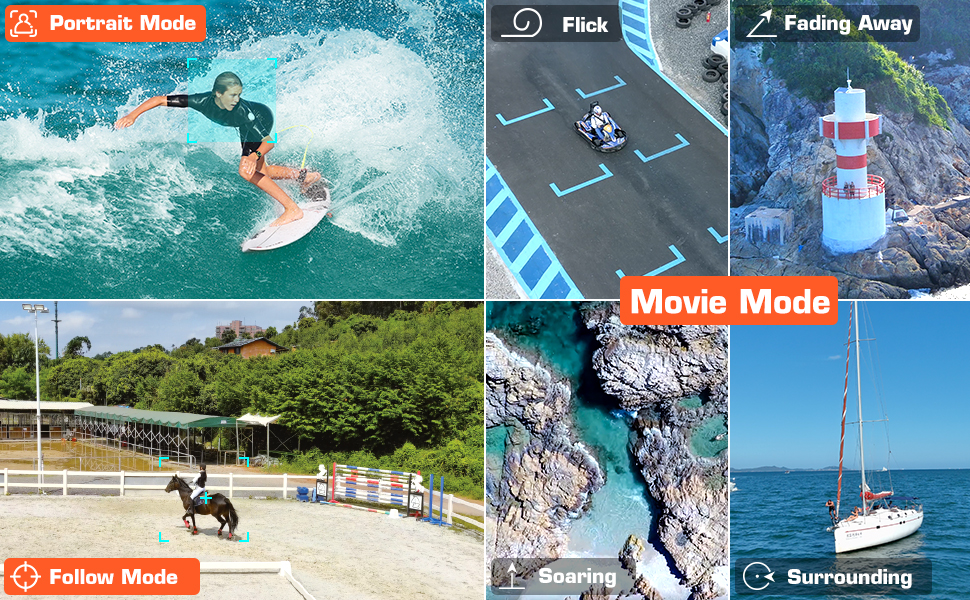
Most of the time, I do not use automated flight modes to conduct drone operations. I like to push the limits of what each drone is capable of. That being said, I’ll be the first to admit I had a really fun time using the Quickshots mode on the Autel Evo Lite+. There were four different types of Quickshots within the Autel Sky app which I’ve outlined and defined below:
Flick. Best described as a “pole-vault shot,” the operator selects a subject by clicking and dragging a box around it. The drone locks onto this subject and makes a direct pass at it. The drone then flies over the subject, keeping the camera locked on the subject and rotating to finish the fight path backwards. I call it a “pole-vault shot” because the subject acts as the point at which a pole vaulter would stick their pole before hurdling over the cross bar. I’m not sure how much that makes sense to you, but it does to me, so we’ll roll with it.
Fade-Away. A typical pull-back shot. The operator selects a subject by clicking and dragging a box around it. The drone locks onto this subject and begins moving backwards and upwards away from the subject, creating a reveal-style shot.
Rocket. This shot mimics the action of a rocket launching off of a launch pad. The operator selects a subject by clicking and dragging a box around it. The drone locks onto this subject and begins moving directly upward to a height predetermined by the operator.
Orbit. The operator selects a subject by clicking and dragging a box around it. The drone locks onto this subject and begins to move sideways in a direction indicated by the operator in a circular motion. This creates an orbital path around the subject to create a cinematic shot. In fact, "cinematic feeling" is how I would best describe some of these Quickshots. They are an easy and efficient way to get a shot that feels like something out of a Hollywood movie. While I still hold firm as a drone pilot who prefers to control his aircraft manually, I can definitely attest to Autel’s proficiency with the creation and application of these Quickshots. I loved how unique the Flick shot was and the rest of the Quickshots were easy to set-up and executed well by the programming within the drone. This is absolutely a well-done venture on Autel’s part and adds value to the Evo Lite+.
Tracking Mode
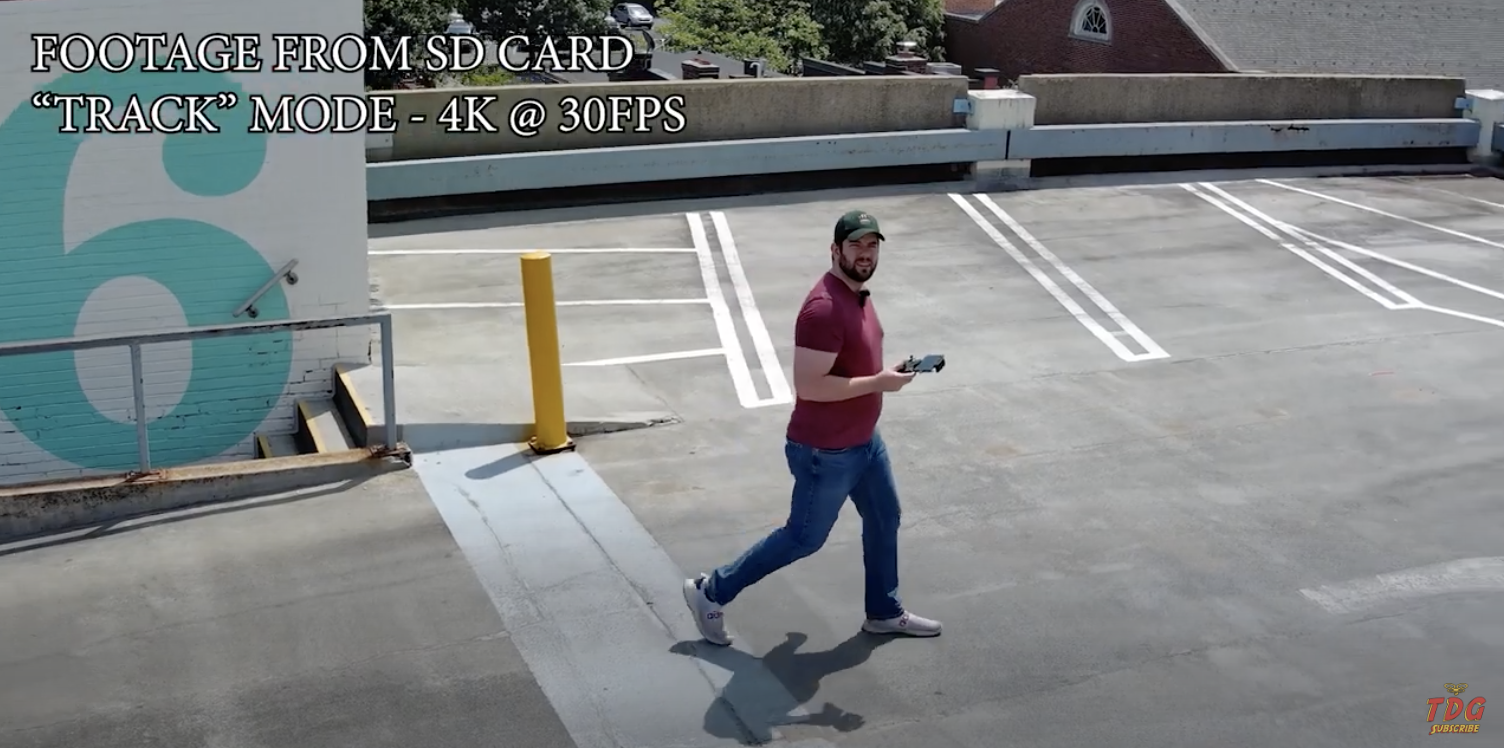
I don’t usually shoot with any kind of automation mode active on my drone. It’s just not my style. However, I really liked Autel’s Tracking Mode on the Evo Lite+. Is it perfect? No. Could it be improved? Yes. Was it fun? Absolutely.
The tracking leaves a bit to be desired in actually staying locked onto the subject. I stood about six- to seven-feet away from the drone and juked it before sprinting past it in the opposite direction, and it lost me immediately. It almost didn’t make an attempt to even turn and try to lock back on. However, when the drone was locked—and I wasn’t intentionally trying to break that lock—it held me in frame extremely well, even at some pretty big distances.
The only other improvement that could be made is that the drone should follow me when it’s locked on. It may be user-error and I may be missing something, but as far as I could tell, there was no setting that allowed me to completely let go of the controls and have the drone follow me as I walked about the area. If this function is not already loaded into the Autel Evo Lite+, then a firmware update should be sent out to add this functionality. That would make it even more fun than it already is!
Conclusion
It is no surprise to me that I ended up loving this drone. If you are a professional drone pilot who specializes in photography or video, the Autel Evo Lite+ is a solid multimedia tool that will produce absolutely pro-level results in a compact and easy-to-use package.
Even if you don’t fly professionally, and just want a reliable drone that is easily packed into your luggage for weekend getaways or summer vacations, the Autel Evo Lite+ is still a great fit. This drone is the most well-rounded drone I have ever seen for price, performance, portability, and ease of use. I think that Autel set the tone for not just its own drone line, but the drone lines of its competitors for years to come. Bravo!
WATCH THE COMPLETE REVIEW!
Chris Fravel has been flying drones for six years. Self-proclaimed as “The Drone Geek,” Fravel is well-versed in consumer and prosumer drone technology and creates content on his social-media platforms for that demographic. Fravel is also the founder and owner of Drone Geek Productions, an aerial-imaging and multimedia-production agency serving the mid-Atlantic region of the United States.
